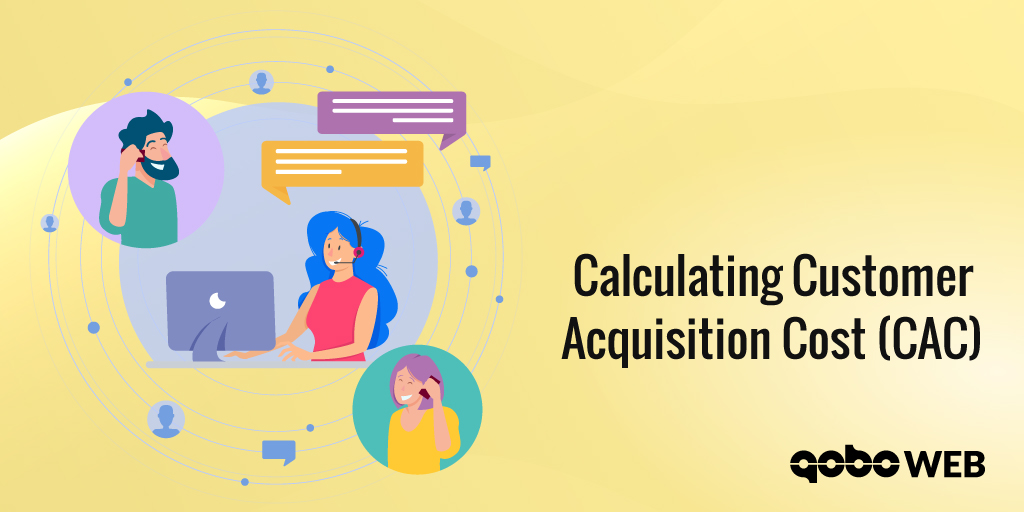Calculating Customer Acquisition Cost (CAC) is important for multiple parties and for multiple reasons. For a company seeking to woo investors, CAC is a vital method used to calculate scalability and profitability. It does this by highlighting the difference between how much it costs to acquire a customer and how much money can be earned from customers actually gained. For marketing specialists, CAC is a useful metric to establish and optimise the return on marketing investments.
Simply put, CAC measures what it costs a company to convert a prospective lead into a paying customer. If this cost can be kept low, the company’s profit margin usually increases and return on investment (profit earned) is boosted. And as a result, renowned marketer Neil Patel suggests, “investors are more interested in providing the company with the resources it needs, partners are more committed to growth, and the company can use the improved profit margins to pass the value to its customers for a greater market position”.
Calculating CAC is based on one commonly used formula – dividing the cost of sales and marketing by how many new customers are attained during the period the cost was incurred (i.e. money spent). For instance, if you spend €1000 on advertising over the course of 6 months and manage to acquire 500 paying customers during that period, the cost to the company to acquire those customers (CAC) is €2 per customer.
This CAC calculation can be affected by several variables, particularly when it comes to marketing campaigns that may require a longer period to gain traction and see results. Examples of these are when a company is introducing a new product or service; when a business expands into new markets where its brand is relatively unknown; or even when SEO has just been implemented on a website and a significant period of time needs to pass for impact to be gauged.
Understanding the CAC metric in real life
For the purposes of this blog, let’s take Neil Patel’s example of how the CAC metric can be applied to an online CRM (SaaS) software company:
- The company offers an online system for managing sales contacts for customer relationship management.
- Being that the CRM software is cloud based, the cost of distribution is low, and customers don’t need much support.
- Customers can also be easily retained because of the pain they would usually experience if they were to upload the contacts, tasks, and events they’re tracking onto a new CRM software.
- The CRM company is performing well in terms of search engine rankings and the cost of its call centre, customer sales support teams is kept to a minimum. The company has also entered several partnerships that serve as a source of potential customers.
- The company has calculated that the cost for acquiring a customer with a lifetime value of €2000 is only €2 per customer. Here is the calculation:
- Total cost of call centre sales teams: €1,000,000 for 1 year
- Total cost paid to alliance partners: €1.00 (per customer)
- Total monthly spending on SEO: €20,000 for 1 year
Total new customers generated during the year: 1,020,000
Customer acquisition cost: €1,020,000 / 1,020,000 customers) + €1.00 per customer = €2.00
To establish the profitability of this exercise, the company has to establish how much money has been made per customer. In this scenario, the company has determined that each customer has a lifetime value of €2000. This means, for every €2 spent on a customer, €2000 worth of revenue has been generated. This would indicate that marketing activities are being effective, and chances are, investors will be impressed.
The process of measuring CAC is ongoing and can constantly be improved by tracking and altering marketing methods appropriately, improve the customer experience, managing customer relationships better and streamlining the sales cycle. CRM platforms like Qobrix for the real estate sector and QoreFX for the Forex industry can both help you in this endeavour on a significantly larger scale and provide multiple benefits for your business.
